Prospects and Challenges of AI and Neural Network Algorithms in MEMS Microcantilever Biosensors
Abstract
:1. Introduction
2. Research State of AI Applications in Biosensors
2.1. Gas Sensing Field
2.2. Sound Detection Field
2.3. Wearable Sensing Field
- Communication gateway, exchanging information with smart clothing in order to send information to cloud server or blockchain via internet or intranet [19].
- Cloud servers that collect and store data and provide certain remote services for smart clothing and remote users.
- A blockchain. It is not essential to the basic functions of the smart clothing system.
2.4. Body Sensor Field
3. Research Status of MEMS Microcantilever Biosensors
4. The Application Prospect of Neural Network in MEMS Microcantilever Biosensor
4.1. Nonlinear Self-Calibration
4.2. Fault Self-Diagnosis
4.3. Data Fusion
5. Application of Principal Component Analysis in Biosensors
6. Challenges and Prospects of AI Applied to Microcantilever Sensors
7. Conclusions
Author Contributions
Funding
Informed Consent Statement
Conflicts of Interest
References
- Binnig, G.; Quate, C.F.; Gerber, C. Atomic Force Microscope. J. Mater. Eng. 1986, 56, 930–933. [Google Scholar] [CrossRef] [PubMed] [Green Version]
- Marauska, S.; Claus, M.; Lisec, T.; Wagner, B. Low temperature transient liquid phase bonding of Au/Sn and Cu/Sn electroplated material systems for MEMS wafer-level packaging. Microsyst. Technol. 2013, 19, 1119–1130. [Google Scholar] [CrossRef]
- Xie, J.; Lee, C.; Wang, M.; Liu, Y.; Feng, H. Characterization of heavily doped polysilicon films forCMOS-MEMS thermoelectric power generators. J. Micromech. Microeng. 2009, 19, 125029. [Google Scholar] [CrossRef] [Green Version]
- Yang, B.; Lee, C.; Kotlanka, R.; Xie, J.; Lim, S. A MEMS rotary comb mechanism for harvesting kinetic energyof planar vibrations. J. Micromech. Microeng. 2010, 20, 065017. [Google Scholar] [CrossRef] [Green Version]
- Lee, C.; Yu, A.; Yan, L.; Wang, H.; He, J.; Zhang, Q.; Lau, J. Characterization of intermediate In/Ag layers of low temperature fluxless solder based wafer bonding for MEMS packaging. Sens. Actuators A Phys. 2009, 154, 85–91. [Google Scholar] [CrossRef]
- Lee, C.; Lim, Y.; Yang, B.; Kotlanka, R.; Heng, C.; He, J.; Tang, M.; Xie, J.; Feng, H. Theoretical comparison of theenergy harvesting capability among various electrostatic mechanisms from structure aspect. Sens. Actuators A Phys. 2009, 156, 208–216. [Google Scholar] [CrossRef]
- Koh, K.; Lee, C.; Kobayashi, T. A piezoelectric-driven three-dimensional MEMS VOA using attenuation mechanism with combination of rotational and translation Effects. IEEE/ASME J. Microelectromech. Syst. 2010, 19, 1370–1379. [Google Scholar] [CrossRef]
- Wang, N.; Tsai, J.; Hsiao, F.; Soon, B.; Kwong, D.; Palaniapan, M.; Lee, C. Experimental investigation of a cavity-mode resonator using a micromachined two-dimensional silicon phononic crystal in a square lattice. IEEE Electron Device Lett. 2011, 32, 821–823. [Google Scholar] [CrossRef] [Green Version]
- Zhu, J.; Liu, X.; Shi, Q.; He, T.; Sun, Z.; Guo, X.; Liu, W.; Sulaiman, O.B.; Dong, B.; Lee, C. Development Trends and Perspectives of Future Sensors and MEMS/NEMS. Micromachines 2019, 11, 7. [Google Scholar] [CrossRef] [Green Version]
- Suh, J.-H.; Cho, I.; Kang, K.; Kweon, S.-J.; Lee, M.; Yoo, H.-J.; Park, I. Fully integrated and portable semiconductor-type multi-gas sensing module for IoT applications. Sens. Actuators B Chem. 2018, 265, 660–667. [Google Scholar] [CrossRef]
- Han, J.H.; Bae, K.M.; Hong, S.K.; Park, H.; Kwak, J.-H.; Wang, H.S.; Joe, D.J.; Park, J.H.; Jung, Y.H.; Hur, S.; et al. Machine learning-based self-powered acoustic sensor for speaker recognition. Nano Energy 2018, 53, 658–665. [Google Scholar] [CrossRef]
- Jung, Y.; Hong, S.K.; Wang, H.S.; Han, J.H.; Pham, T.X.; Park, H.; Kim, J.; Kang, S.; Yoo, C.D.; Lee, K.J. Flexible Piezoelectric Acoustic Sensors and Machine Learning for Speech Processing. Adv. Mater. 2020, 32, 35. [Google Scholar] [CrossRef] [PubMed]
- Wang, X.; Gu, Y.; Xiong, Z.; Cui, Z.; Zhang, T. Silk-molded flexible, ultrasensitive, and highly stable electronic skin for monitoring human physiological signals. Adv. Mater. 2014, 26, 1336–1342. [Google Scholar] [CrossRef] [PubMed]
- Park, J.; Lee, Y.; Hong, J.; Lee, Y.; Ha, M.; Jung, Y.; Lim, H.; Kim, S.Y.; Ko, H. Tactile-direction-sensitive and stretchable electronic skins based on human-skin-inspired interlocked microstructures. ACS Nano 2014, 8, 12020–12029. [Google Scholar] [CrossRef]
- Jian, M.; Xia, K.; Wang, Q.; Yin, Z.; Wang, H.; Wang, C.; Wang, H.; Xie, M.; Zhang, Y. Flexible and highly sensitive pressure sensors based on bionic hierarchical structures. Adv. Funct. Mater. 2017, 27, 1606066. [Google Scholar] [CrossRef]
- Fernández-Caramés, T.M.; Fraga-Lamas, P. Electronics towards the internet of smart clothing: A review on iot wearables and garments for creating intelligent connected e-textiles. Electronics 2019, 7, 405. [Google Scholar] [CrossRef] [Green Version]
- Yang, T.; Xie, D.; Li, Z.; Zhu, H. Recent advances in wearable tactile sensors: Materials, sensing mechanisms, and device performance. Mater. Sci. Eng. R Rep. 2017, 115, 1–37. [Google Scholar] [CrossRef]
- Allison, L.; Hoxie, S.; Andrew, T.L. Towards seamlessly integrated textile electronics: Methods to coat fabrics and fibers with conducting polymers for electronic applications. Chem. Commun. 2017, 53, 7182–7193. [Google Scholar] [CrossRef]
- Fernández-Caramés, T.M.; Fraga-Lamas, P. A Review on the Use of Blockchain for the Internet of Things. IEEE Access 2018, 6, 32979–33001. [Google Scholar] [CrossRef]
- Akpakwu, G.A.; Silva, B.J.; Hancke, G.P.; Abu-Mahfouz, A.M. A Survey on 5G Networks for the Internet of Things: Communication Technologies and Challenges. IEEE Access 2018, 6, 3619–3647. [Google Scholar] [CrossRef]
- Blanco-Novoa, Ó.; Fernández-Caramés, T.M.; Fraga-Lamas, P.; Vilar-Montesinos, M.A. A Practical Evaluation of Commercial Industrial Augmented Reality Systems in an Industry 4.0 Shipyard. IEEE Access 2018, 6, 8201–8218. [Google Scholar] [CrossRef]
- Fraga-Lamas, P.; Fernández-Caramés, T.M.; Blanco-Novoa, Ó.; Vilar-Montesinos, M.A. A Review on Industrial Augmented Reality Systems for the Industry 4.0 Shipyard. IEEE Access 2018, 6, 13358–13375. [Google Scholar] [CrossRef]
- Fraga-Lamas, P. Enabling Technologies and Cyber-Physical Systems for Mission-Critical Scenarios. Ph.D. Thesis, University of A Coruña, A Coruña, Spain, 2017. [Google Scholar]
- Javaid, N.; Sher, A.; Nasir, H.; Guizani, N. Intelligence in IoT-Based 5G Networks: Opportunities and Challenges. IEEE Commun. Mag. 2018, 56, 94–100. [Google Scholar] [CrossRef]
- Loss, C.; Gonçalves, R.; Lopes, C.; Pinho, P.; Salvado, R. Smart Coat with a Fully Embedded Textile Antenna for IoT Applications. Sensors 2016, 16, 938. [Google Scholar] [CrossRef]
- Mzu, A.; Mmhb, C.; Aa, B.; Savaglio, C. A body sensor data fusion and deep recurrent neural network-based behavior recognition approach for robust healthcare-ScienceDirect. Inf. Fusion 2020, 55, 105–115. [Google Scholar]
- Sak, H.; Senior, A.; Beaufays, F. Long short-term memory recurrent neural network architectures for large scale acoustic modeling. Interspeech 2014, 338–342. [Google Scholar] [CrossRef]
- Williams, R.J.; Peng, J. An Efficient Gradient-Based Algorithm for On-Line Training of Recurrent Network Trajectories. Neural Comput. 1990, 2, 490–501. [Google Scholar] [CrossRef]
- Fortino, G.; Galzarano, S.; Gravina, R.; Li, W. A framework for collaborative computing and multi-sensor data fusion in body sensor networks. Inf. Fusion 2015, 22, 50–70. [Google Scholar] [CrossRef]
- Fortino, G.; Guerrieri, A.; Bellifemine, F.L.; Giannantonio, R. SPINE2: Developing BSN Applications on Heterogeneous Sensor Nodes. In Proceedings of the 2009 IEEE International Symposium on Industrial Embedded Systems, Lausanne, Switzerland, 8–10 July 2009; IEEE: Torino, Italy; pp. 128–131. [Google Scholar]
- Gravina, R.; Fortino, G. Automatic methods for the detection of accelerative cardiac defense response. IEEE Trans. Affect. Comput. 2016, 7, 286–298. [Google Scholar] [CrossRef]
- Rebeiz, G.M. RF MEMS: Theory, Design and Technology; John Wiley & Sons: Hoboken, NJ, USA, 2004; pp. 87–120. [Google Scholar]
- Kim, Y.J.; Hwang, E.S.; Kim, Y.H. MEMS-Based Biosensor; Springer: New York, NY, USA, 2008. [Google Scholar]
- You, Z.; Li, B.; Yu, S. Applications of MEMS devices in nanosatellite. In Proceedings of the 2nd International Conference on Recent Advances in Space Technologies, Istanbul, Turkey, 9–11 June 2005; pp. 240–243. [Google Scholar]
- Brigante, C.M.N.; Abbate, N.; Basile, A.; Faulisi, A.C.; Sessa, S. Towards Miniaturization of a MEMS-Based Wearable Motion Capture System. IEEE Trans. Ind. Electron. 2011, 58, 3234–3241. [Google Scholar] [CrossRef]
- Akiko, Y. A new technique for direct measurement of the shear force necessary to detach a cell from a material. Biomaterials 1998, 19, 871–879. [Google Scholar]
- Wu, G. Bioassay of prostate-specific antigen (PSA) using microcantilevers. Nat. Biotechnol. 2001, 19, 856–860. [Google Scholar] [CrossRef] [PubMed]
- Mehrotra, P. Biosensors and their applications-A review. J. Oral Biol. Craniofacial Res. 2016, 6, 153. [Google Scholar] [CrossRef] [PubMed] [Green Version]
- Zhao, C.; Thuo, M.M.; Liu, X. A microfluidic paper-based electrochemical biosensor array for multiplexed detection of metabolic biomarkers. Sci. Technol. Adv. Mater. 2013, 14, 4402. [Google Scholar] [CrossRef] [PubMed]
- Boisen, A.; Dohn, S.; Keller, S.S.; Schmid, S.; Tenje, M. Cantilever-like micromechanical sensors. Rep. Prog. Phys. 2011, 74, 036101. [Google Scholar] [CrossRef]
- Okan, M.; Duman, M. Functional polymeric nanoparticle decorated microcantilever sensor for specific detection of erythromycin. Sens. Actuators B-Chem. 2018, 256, 325–333. [Google Scholar] [CrossRef]
- Malmir, K.; Habibiyan, H.; Ghafoorifard, H. An ultrasensitive optical label-free polymeric biosensor based on concentric triple microring resonators with a central microdisk resonator. Opt. Commun. 2016, 365, 150–156. [Google Scholar] [CrossRef]
- Camli, B.; Kusakci, E.; Lafci, B.; Salman, S.; Torun, H.; Yalcinkaya, A.D. Cost-effective, Microstrip Antenna Driven Ring Resonator Microwave Biosensor for Biospecific Detection of Glucose. IEEE J. Sel. Top. Quantum Electron. 2017, 23, 6900706. [Google Scholar] [CrossRef]
- Partel, S.; Kasemann, S.; Matylitskaya, V.; Thanner, C.; Dincer, C.; Urban, G. A simple fabrication process for disposable interdigitated electrode arrays with nanogaps for lab-on-a-chip applications. Microelectron. Eng. 2017, 173, 27–32. [Google Scholar] [CrossRef]
- Leahy, S.; Lai, Y. A cantilever biosensor exploiting electrokinetic capture to detect Escherichia coli in real time. Sens. Actuators B Chem. 2017, 238, 292–297. [Google Scholar] [CrossRef]
- Hansen, K.M.; Thundat, T. Microcantilever biosensors. Methods 2005, 37, 57–64. [Google Scholar] [CrossRef] [PubMed]
- Dammer, U.; Hegner, M.; Anselmetti, D.; Wagner, P.; Dreier, M.; Huber, W.; Güntherodt, H.J. Specific antigen/antibody interactions measured by force microscopy. Biophys. J. 1996, 70, 2437–2441. [Google Scholar] [CrossRef] [Green Version]
- Fritz, J.; Baller, M.K.; Lang, H.P.; Rothuizen, H.; Vettiger, P.; Meyer, E.; Ntherodttch, G.; Gerberand, J.; Gimzewski, K. Translating Biomolecular Recognition into Nanomechanics. Science 2000, 288, 316–318. [Google Scholar] [CrossRef] [PubMed] [Green Version]
- Wang, D.F.; Du, X.; Wang, X.; Ikehara, T.; Maeda, R. Improving picogram mass sensitivity via frequency doubling in coupled silicon microcantilevers. J. Micromech. Microeng. 2016, 26, 015006. [Google Scholar] [CrossRef]
- Thundat, T.; Wachter, E.A.; Sharp, S.L.; Warmack, R.J. Detection of mercury vapor using resonating microcantilevers. Appl. Phys. Lett. 1995, 66, 1695–1697. [Google Scholar] [CrossRef]
- Ramos, D.; Tamayo, J.; Mertens, J.; Calleja, M.; Zaballos, A. Origin of the response of nanomechanical resonators to bacteria adsorption. J. Appl. Phys. 2006, 100, 061101. [Google Scholar] [CrossRef] [Green Version]
- Nugaeva, N.; Gfeller, K.Y.; Backmann, N.; Lang, H.P.; Düggelin, M.; Hegner, M. Micromechanical cantilever array sensors for selective fungal immobilization and fast growth detection. Biosens. Bioelectron. 2005, 21, 849–856. [Google Scholar] [CrossRef]
- Moudgil, A.; Singh, K.K.; Swaminathan, S. MEMS based design and analysis of a biosensor for detection of hepatitis virus. In Proceedings of the IEEE International Conference on Nanotechnology, Rome, Italy, 27–30 July 2015; pp. 805–808. [Google Scholar]
- Kartanas, T.; Ostanin, V.; Challa, P.K.; Daly, R.; Charmet, J.; Knowles, T.P.J. Enhanced Quality Factor Label-free Biosensing with Microcantilevers Integrated into Microfluidic Systems. Anal. Chem. 2017, 89, 11929–11936. [Google Scholar] [CrossRef] [Green Version]
- Fortino, G.; Giannantonio, R.; Gravina, R.; Kuryloski, P.; Jafari, R. Enabling Effective Programming and Flexible Management of Efficient Body Sensor Network Applications. IEEE Trans. Hum. Mach. Syst. 2013, 43, 115–133. [Google Scholar] [CrossRef]
- Patra, J.C.; Kot, A.C.; Panda, G. An intelligent pressure sensor using neural networks. IEEE Trans. Instrum. Meas. 2000, 49, 829–834. [Google Scholar] [CrossRef]
- Patra, J.C.; van den Bos, A. Auto-calibration and -compensation of a capacitive pressure sensor using multilayer perceptrons. ISA Trans. 2000, 39, 175–190. [Google Scholar] [CrossRef]
- Patra, J.C.; Ang, E.L.; Das, A.; Chaudhari, N.S. Auto-compensation of nonlinear influence of environmental parameters on the sensor characteristics using neural networks. ISA Trans. 2005, 44, 165–176. [Google Scholar] [CrossRef]
- Daponte, P.; Grimaldi, D. Artificial neural networks in measurements. Measurement 1998, 23, 93–115. [Google Scholar] [CrossRef]
- Dias Pereira, J.M.; Silva Girao, P.M.B.; Postolache, O. Fitting transducer characteristics to measured data. IEEE Instrum. Meas. Mag. 2001, 4, 26–39. [Google Scholar] [CrossRef]
- Dias Pereira, J.M.; Postolache, O.; Silva Girao, P.M.B. A temperature compensated system for magnetic field measurements based on artificial neural networks. IEEE Trans. Instrum. Meas. 1998, 47, 494–498. [Google Scholar] [CrossRef]
- Zhang, X.; Liu, Q. Sensor Nonlinear Error Compensation Based on Neural Network Inverse operation. J. Nanjing Norm. Univ. Nat. Sci. Ed. 2010, 33, 5. [Google Scholar]
- Zhuang. Fault Diagnosis of Gas Sensor based on Neural Network. Ind. Instrum. Autom. 2002, 60, 54–55. [Google Scholar]
- Shan, F.; Luo, J.; Wu, W.; Shen, X. Optimal Wireless Power Transfer Scheduling for Delay Minimization. In Proceedings of the IEEE INFOCOM, San Francisco, CA, USA, 10–14 April 2016. [Google Scholar]
- Kim, M.U.; Yang, H.J. Min-SINR Maximization with DL SWIPT and UL WPCN in Multicell Multi-Antenna Networks. IEEE Wirel. Commun. Lett. 2017, 6, 318–321. [Google Scholar] [CrossRef]
- Li, K.; Wang, Q. Study on signal recognition and diagnosis for spacecraft based on deep learning method. In Proceedings of the Prognostics and System Health Management Conference (PHM), Beijing, China, 21–23 October 2015; IEEE: Piscataway, NJ, USA, 2015; pp. 1–5. [Google Scholar]
- Guo, L.; Gao, H.; Huang, H.; He, X.; Li, S. Multifeatures Fusion and Nonlinear Dimension Reduction for Intelligent Bearing Condition Monitoring. Shock Vib. 2016, 2016, 1–10. [Google Scholar] [CrossRef] [Green Version]
- Verma, N.K.; Gupta, V.K.; Sharma, M.; Sevakula, R.K. Intelligent Condition Based Monitoring of Rotating Machines Using Sparse Auto-Encoders. In Proceedings of the 2013 IEEE Conference on Prognostics and Health Management (PHM), Gaithersburg, MD, USA, 24–27 June 2013; pp. 1–7. [Google Scholar]
- Sohaib, M.; Kim, C.-H.; Kim, J.-M. A hybrid feature model and deep-learning-based bearing fault diagnosis. Sensors 2017, 17, 2876. [Google Scholar] [CrossRef] [Green Version]
- Cheng, F.; Wang, J.; Qu, L.; Qiao, W. Rotor current-based fault diagnosis for DFIG wind turbine drivetrain gearboxes using frequency analysis and a deep classifier. IEEE Trans. Ind. Appl. 2017, 54, 1062–1071. [Google Scholar] [CrossRef]
- Chen, R.; Chen, S.; He, M.; He, D.; Tang, B. Rolling bearing fault severity identification using deep sparse auto-encoder network with noise added sample expansion. Proc. Inst. Mech. Eng. Part O J. Risk Reliab. 2017, 231, 666–679. [Google Scholar] [CrossRef]
- Bakshi, R.B. Multiscale PCA with application to multivariate statistical process monitoring. AKE J. 1998, 44, 1596–1610. [Google Scholar] [CrossRef]
- Luo, R.; Misra, M.; Himmelblau, D.M. Sensor Fault Detection via Multiscale Analysis and Dynamic PCA. Ind. Eng. Chem. Res. 1999, 38, 1489–1495. [Google Scholar] [CrossRef]
- Hui, D.; Liu, J.H.; Shen, Z. Drift reduction of gas sensor by wavelet and principal component analysis. Sens. Actuators 2003, 96, 354–363. [Google Scholar] [CrossRef]
- Mallat, S. A theory for multiresolution signal decomposition: The wavelet representation. IIPEE Trans. Pattern Anal. Mach. Intell. 1989, 11, 674–693. [Google Scholar] [CrossRef] [Green Version]
- Dunia, R.; Qin, S.J.; Edgar, T.F.; McAvoy, T.J. Identification of faulty sensors using principal component analysis. AKlhE J. 1996, 42, 2797–2812. [Google Scholar] [CrossRef]
- Barker, M.; Hengst, M.; Schmid, J.; Buers, H.-J.; Mittermaier, B.; Klemp, D.; Koppmann, R. Volatile organic compounds in the exhaled breath of young patients with cystic fibrosis. Eur. Respir. J. 2006, 27, 929–936. [Google Scholar] [CrossRef]
- Buszewski, B.; Ligor, T.; Jezierski, T.; W-Piesik, A.; Walczak, M.; Rudnicka, J. Identification of volatile lung cancer markers by gas chromatography–mass spectrometry: Comparison with discrimination by canines Analytical and Bioanalytical Chemistry. Anal. Bioanal. Chem. 2012, 404, 141–146. [Google Scholar] [CrossRef] [Green Version]
- Buszewski, B.; Kesy, M.; Ligor, T.; Amann, A. Human exhaled air analytics: Biomarkers of diseases. Biomed. Chromatogr. 2007, 21, 553–566. [Google Scholar] [CrossRef]
- Amann, A.; Miekisch, W.; Schubert, J.; Buszewski, B.; Ligor, T.; Jezierski, T.; Pleil, J.; Risby, T. Analysis of Exhaled Breath for Disease Detection. Annu. Rev. Anal. Chem. 2014, 7, 455–482. [Google Scholar] [CrossRef] [PubMed]
- Dunia, R.; Qin, S.J.; Edgar, T.F.; McAvoy, T.J. Use of principal component analysis for sensor fault identification. Comput. Chem. 1996, 20, S713–S718. [Google Scholar] [CrossRef]
- Gao, Z.; Chen, M.Z.Q.; Zhang, D. Special Issue on “Advances in Condition Monitoring, Optimization and Control for Complex Industrial Processes”. Processes 2021, 9, 664. [Google Scholar] [CrossRef]
- Pen, C.-L.; Chang, W.-J.; Lin, Y.-H. Development of Fuzzy Observer Gain Design Algorithm for Ship Path Estimation Based on AIS Data. Processes 2022, 10, 33. [Google Scholar] [CrossRef]
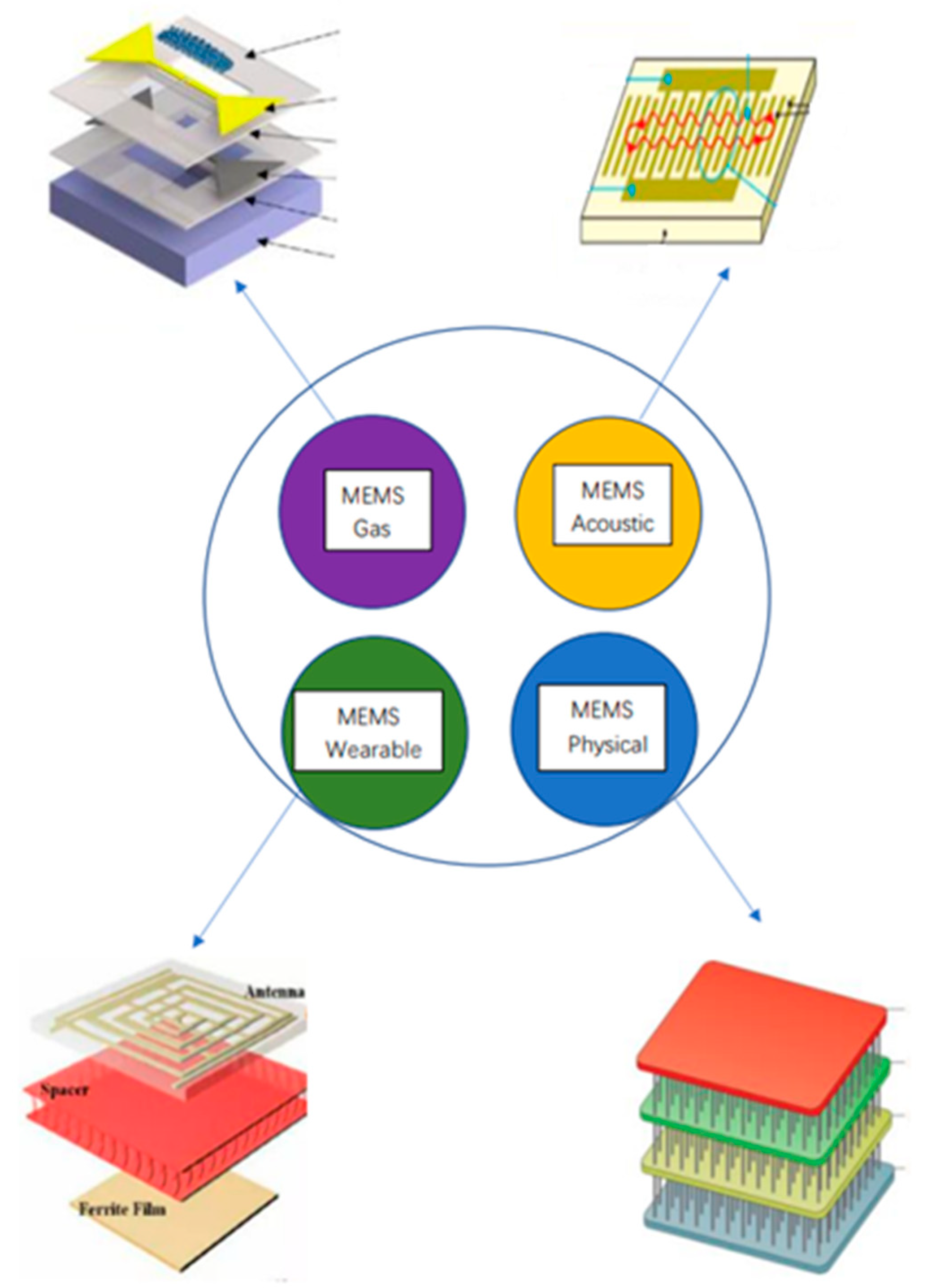

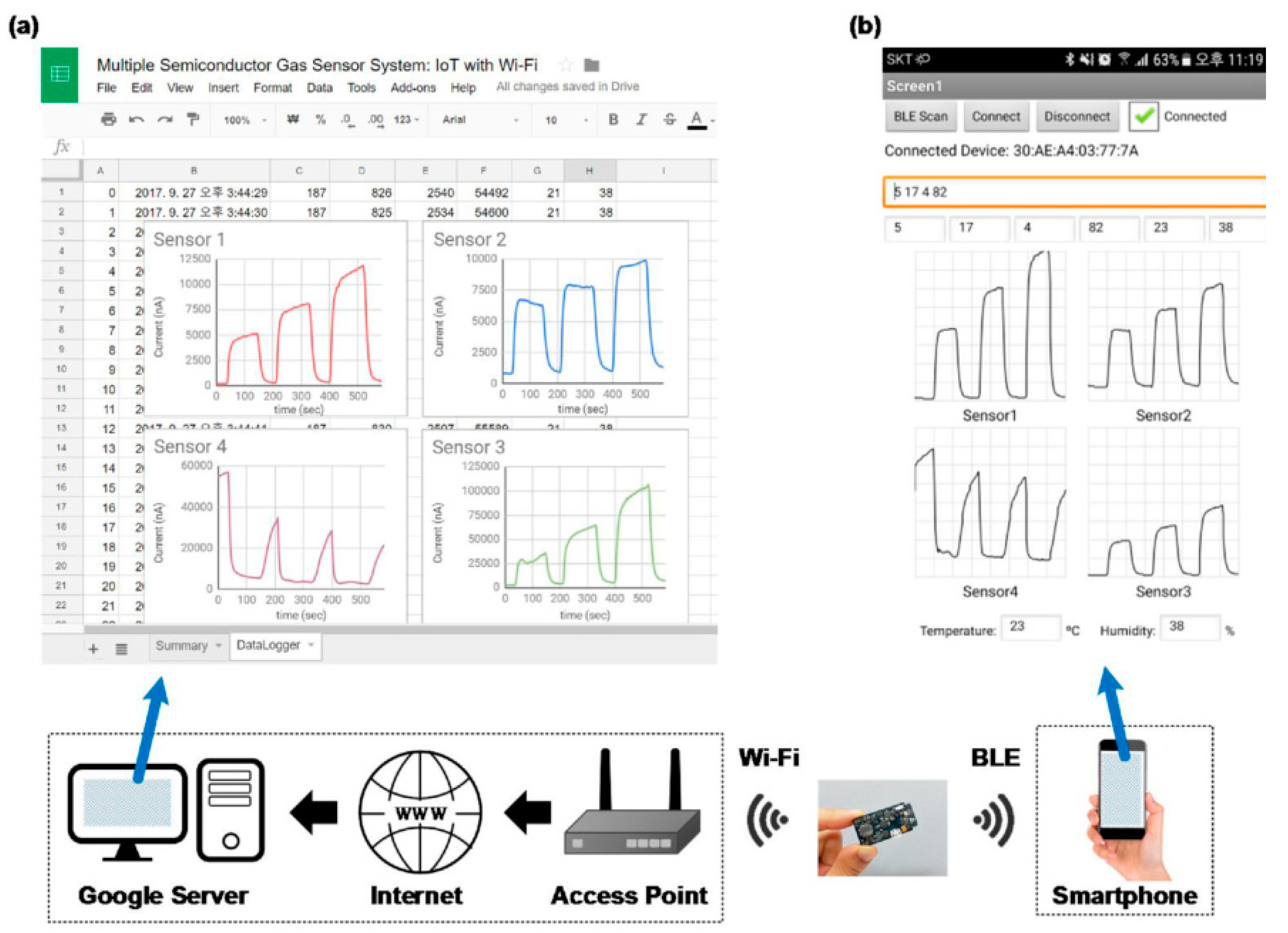

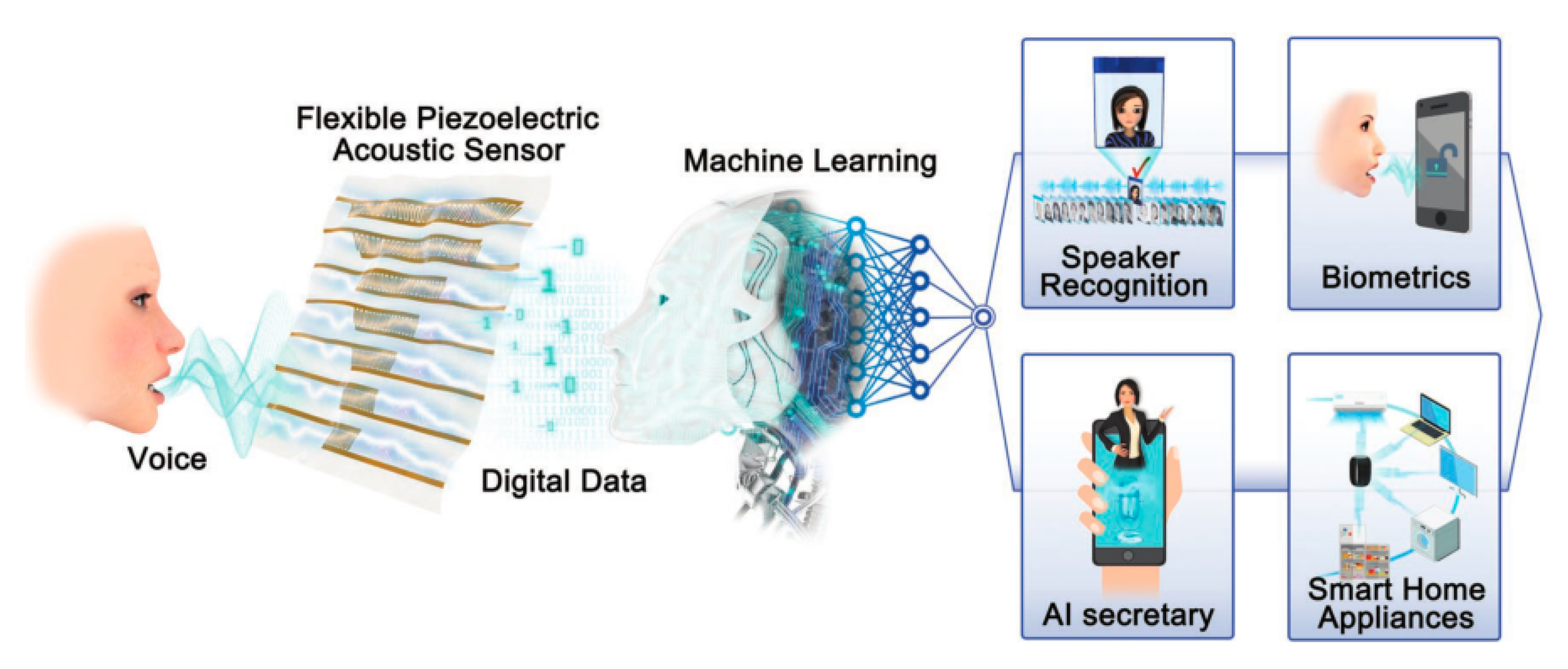
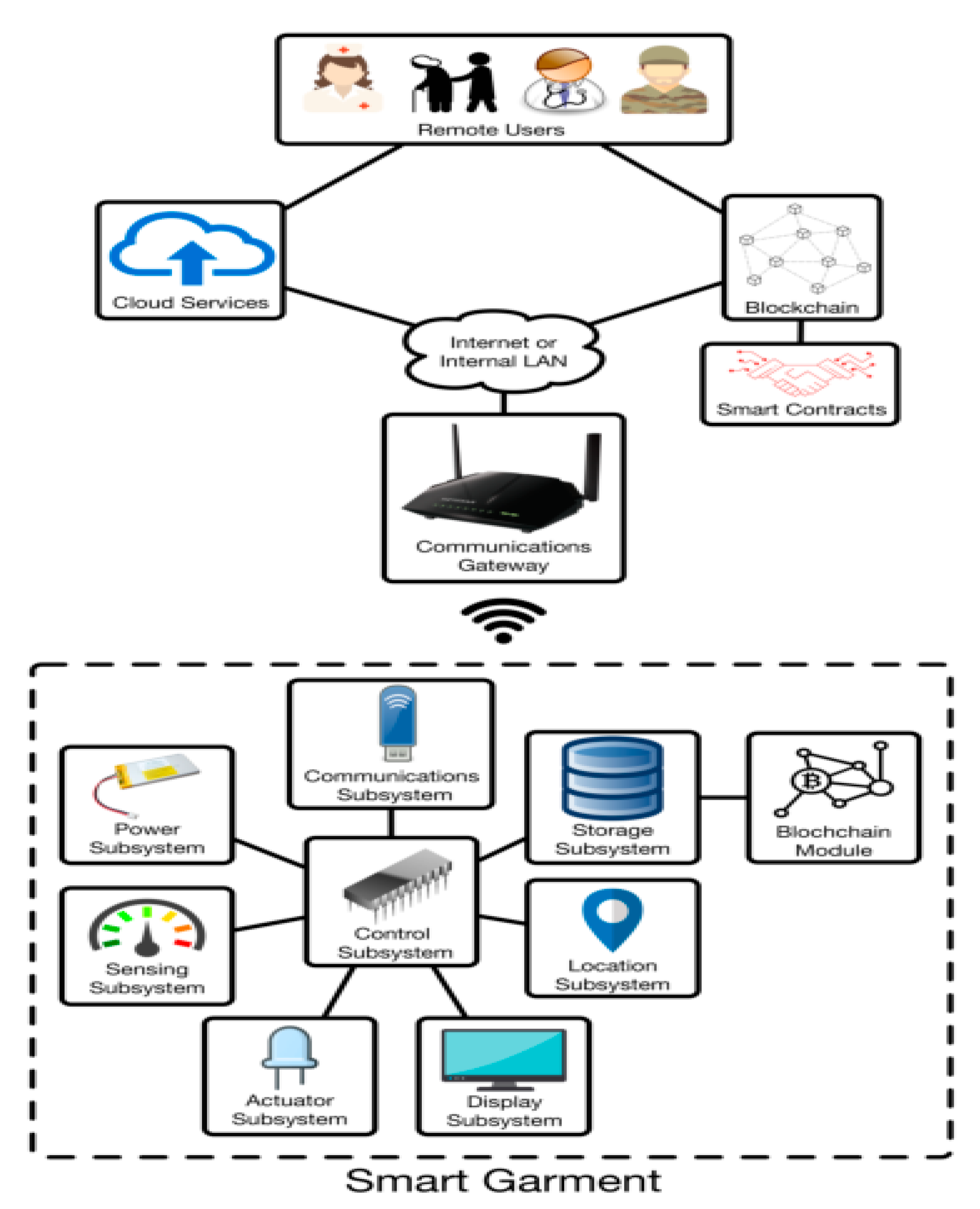
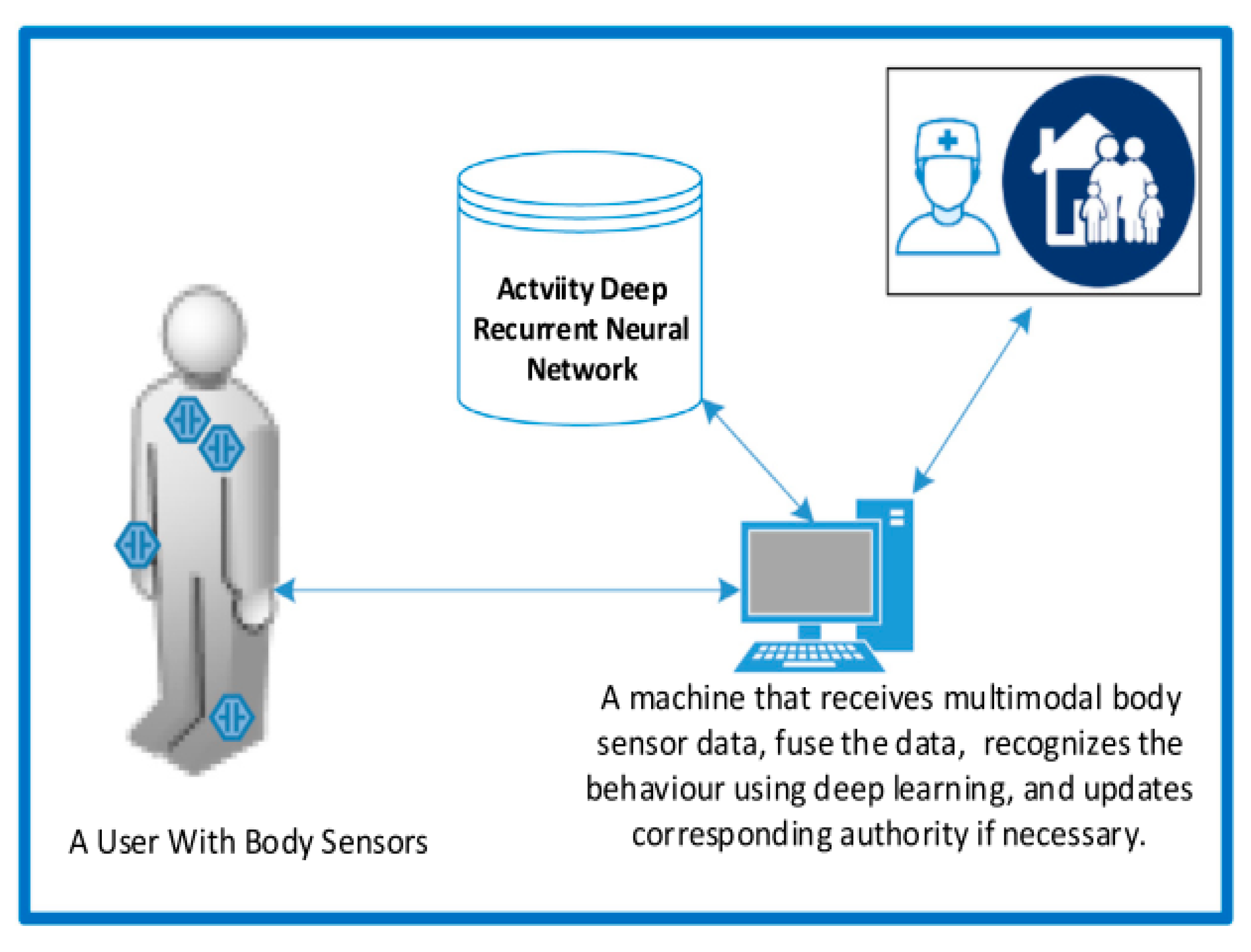
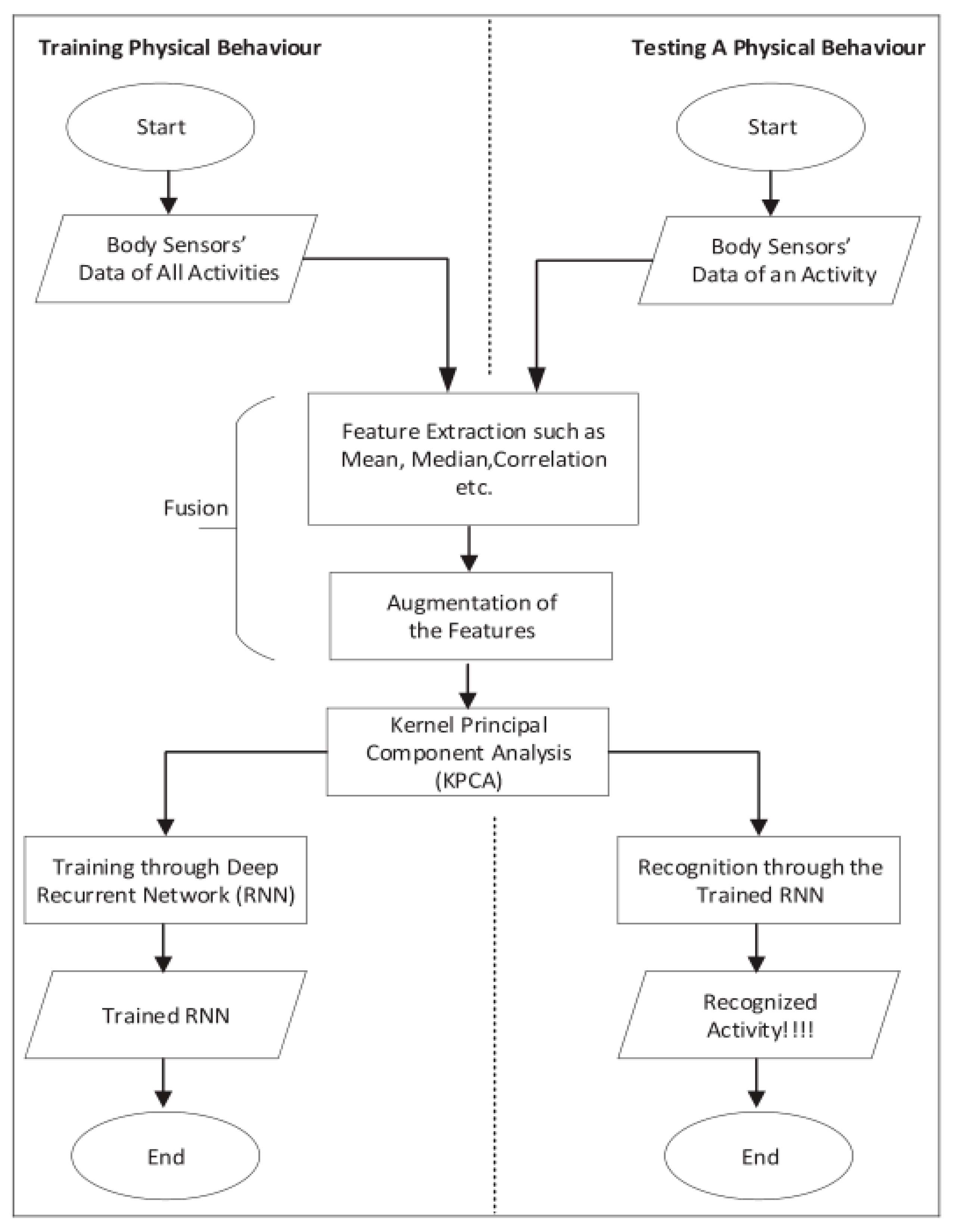

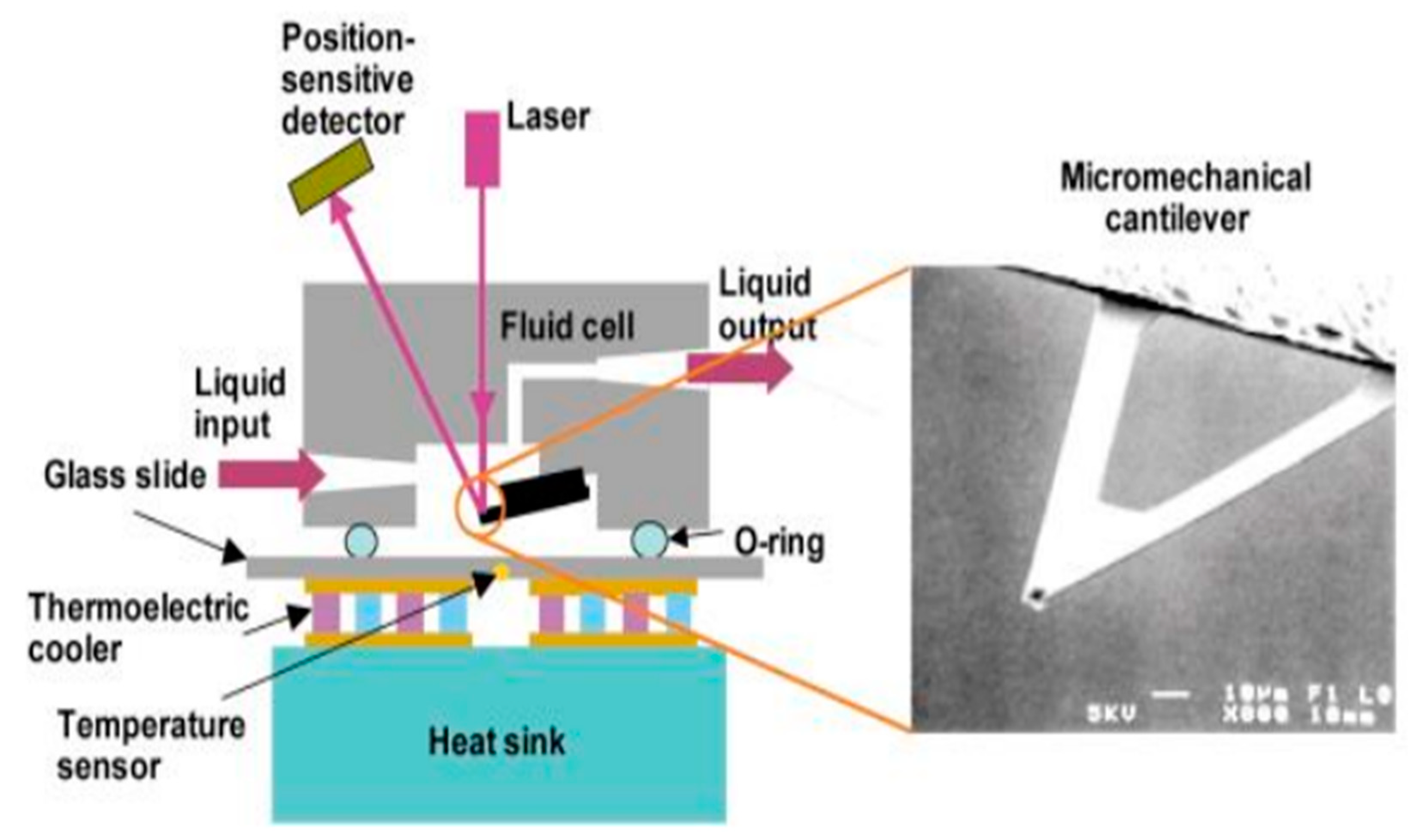
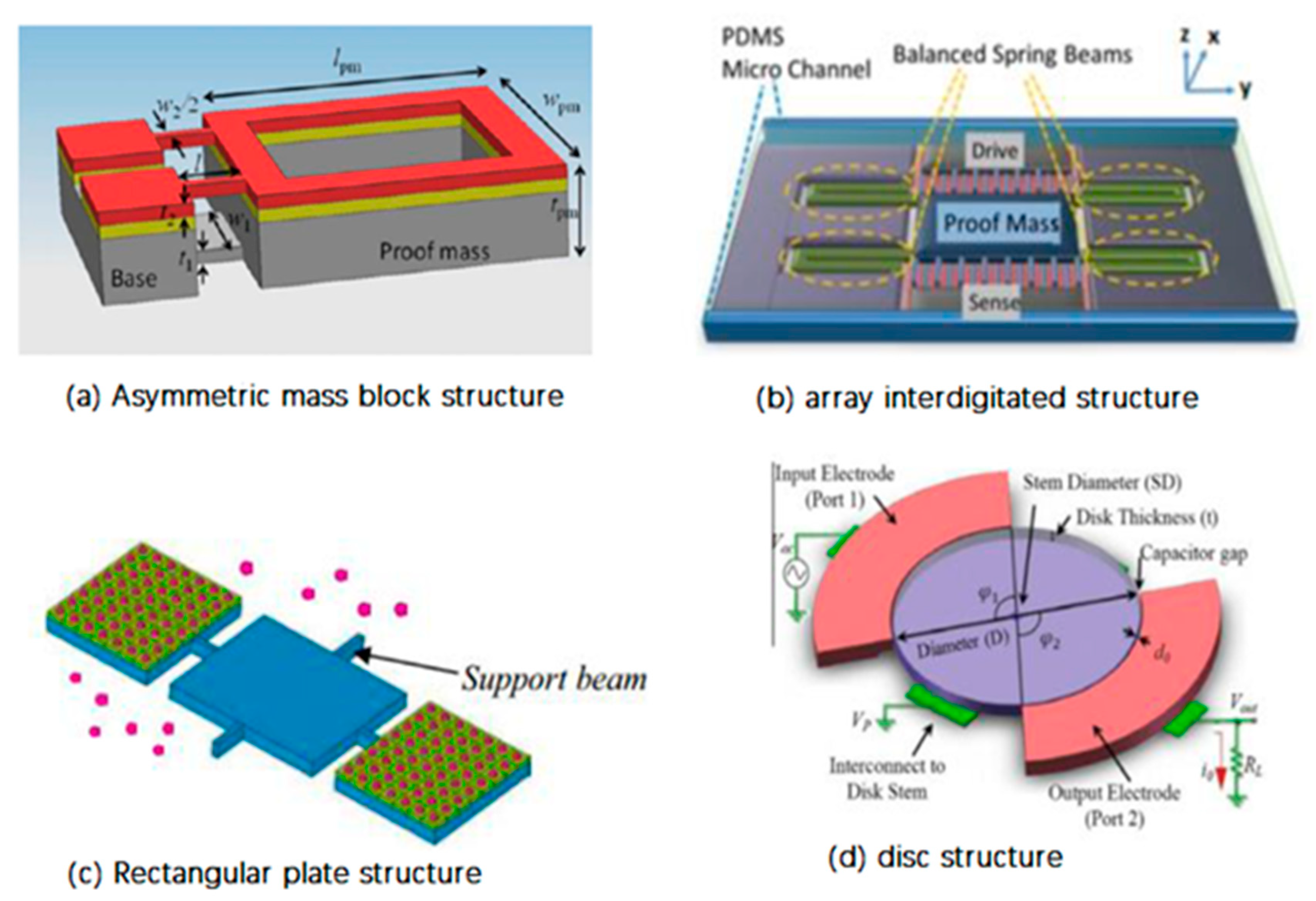

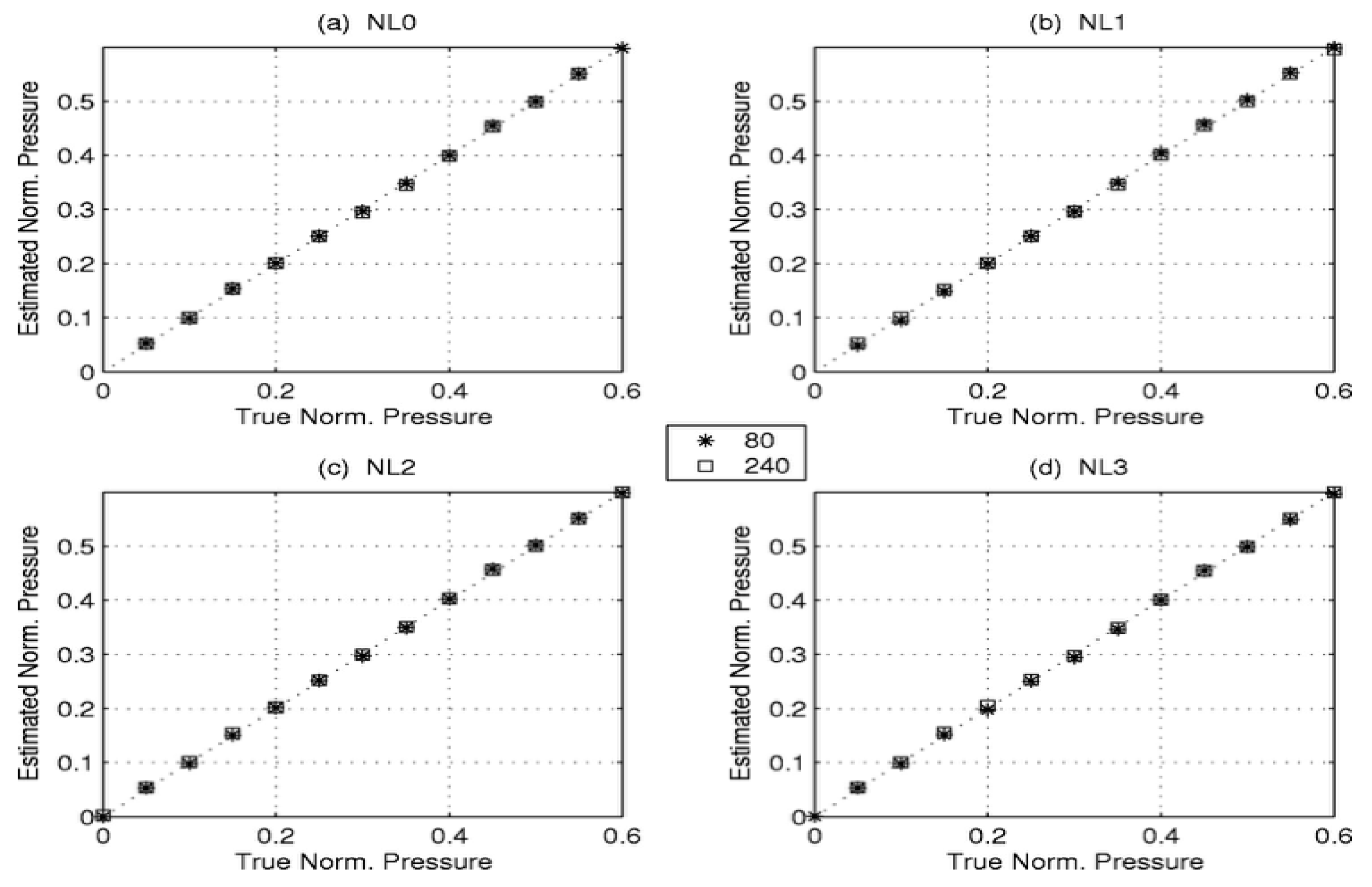
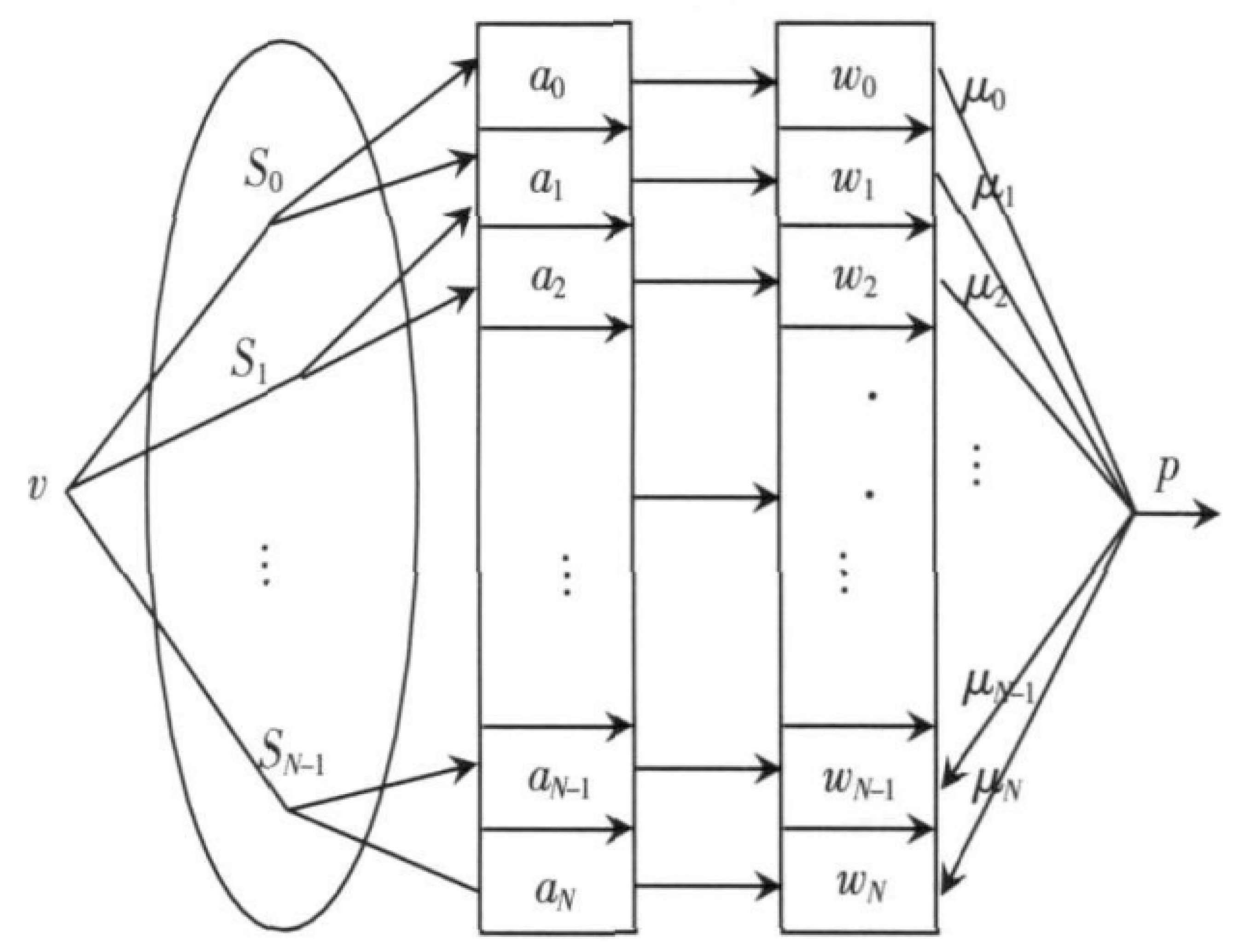
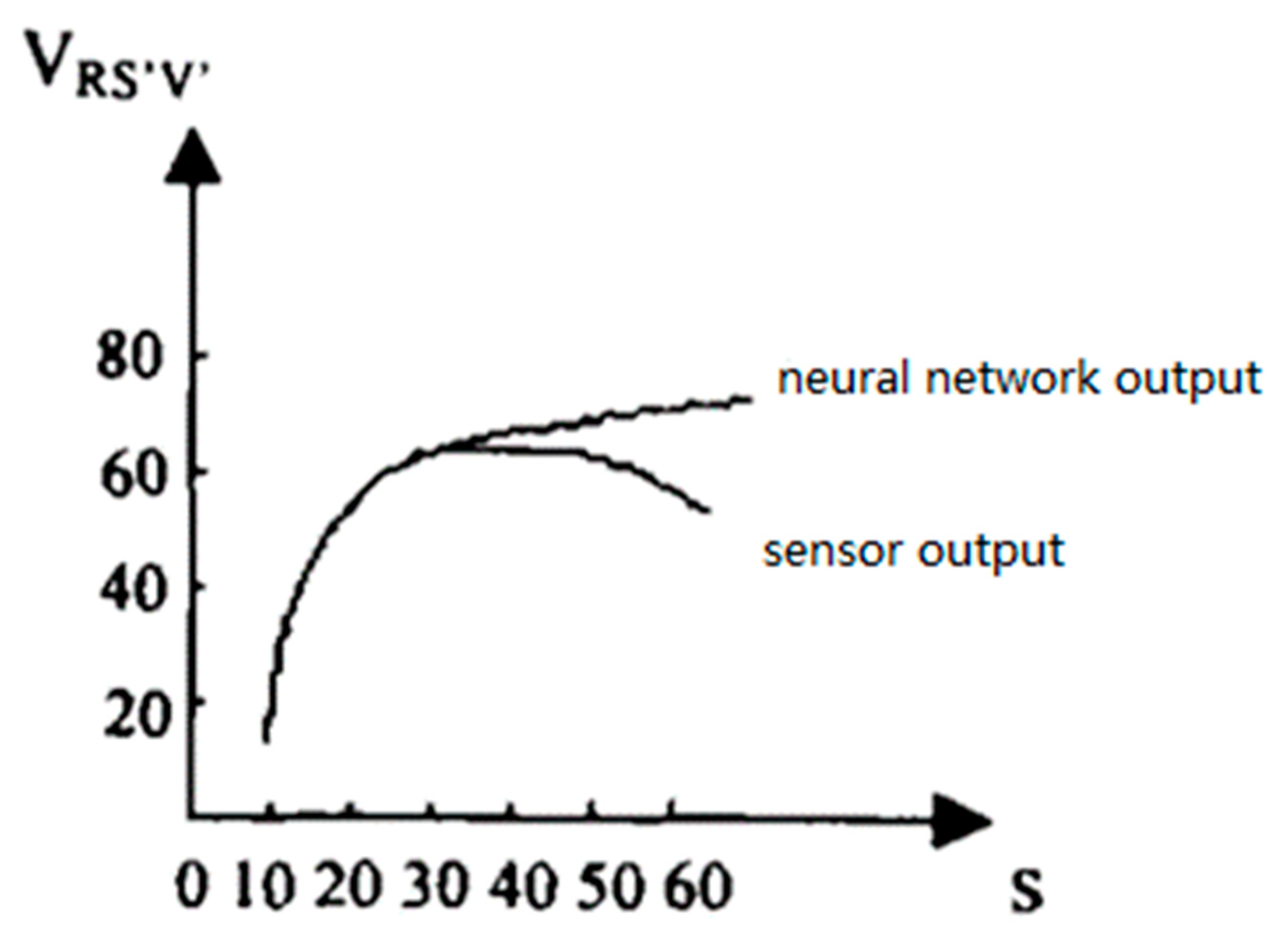


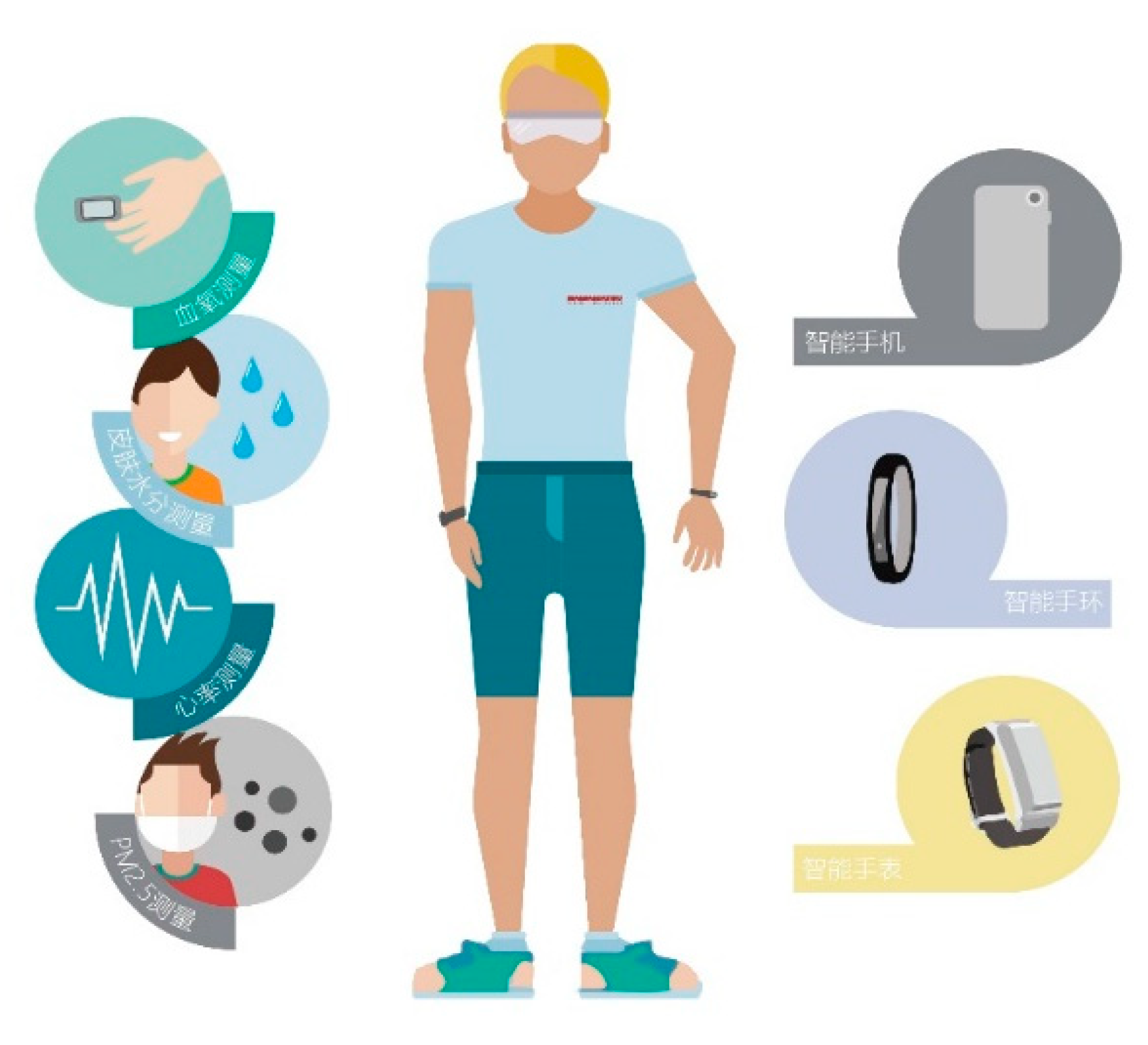

| Type | Schematic | Application | Advantages |
|---|---|---|---|
| Gas Sensor |  | Multi-sensor data reading and analysis, Analog/Digital Signal Processing, Wireless Communication | small size, powerfulWidely |
| Acoustic Sensor | 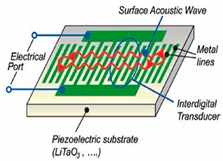 | Speech Recognition Algorithm Improvement Multiple Signal Processing | Convenient Bidirectional Widely |
| Wearable Sensor | 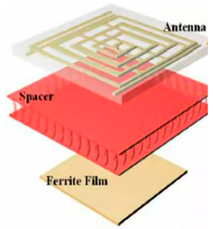 | Human-computer interaction Remote Service Wireless communication | Improve Connection and Interaction Great Business Value Health Check Convenient |
| Body Sensor | 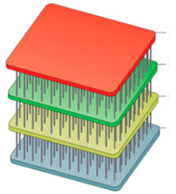 | Identify activities body detection Signal transmission | Health Check Body Protection Convenient storage |
| Detection type | Schematic | Detection Principle | Advantages and Disadvantages |
|---|---|---|---|
| Optical sensor (such as surface plasmon resonance SPR [38]) | 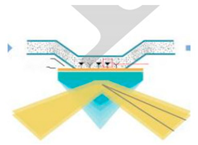 | Optical properties such as light absorption and reflection | high sensitivity, real-time complex bulky device |
| Electrochemical sensors (such as microelectrodes [39]) |  | Redox Reaction chemical reaction Dielectric change between electrodes | high sensitivity, easy to array. Unstable |
| Mass-sensitive sensors (such as microcantilevers [40]) | 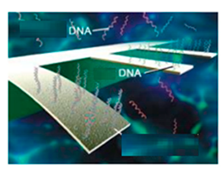 | After adsorption of the biological sample to be detected, the resistance, voltage, and frequency of the sensing unit change | high sensitivity, mature easy to array Easy to integrate with IC; |
Publisher’s Note: MDPI stays neutral with regard to jurisdictional claims in published maps and institutional affiliations. |
© 2022 by the authors. Licensee MDPI, Basel, Switzerland. This article is an open access article distributed under the terms and conditions of the Creative Commons Attribution (CC BY) license (https://creativecommons.org/licenses/by/4.0/).
Share and Cite
Wang, J.; Xu, B.; Shi, L.; Zhu, L.; Wei, X. Prospects and Challenges of AI and Neural Network Algorithms in MEMS Microcantilever Biosensors. Processes 2022, 10, 1658. https://doi.org/10.3390/pr10081658
Wang J, Xu B, Shi L, Zhu L, Wei X. Prospects and Challenges of AI and Neural Network Algorithms in MEMS Microcantilever Biosensors. Processes. 2022; 10(8):1658. https://doi.org/10.3390/pr10081658
Chicago/Turabian StyleWang, Jingjing, Baozheng Xu, Libo Shi, Longyang Zhu, and Xi Wei. 2022. "Prospects and Challenges of AI and Neural Network Algorithms in MEMS Microcantilever Biosensors" Processes 10, no. 8: 1658. https://doi.org/10.3390/pr10081658
APA StyleWang, J., Xu, B., Shi, L., Zhu, L., & Wei, X. (2022). Prospects and Challenges of AI and Neural Network Algorithms in MEMS Microcantilever Biosensors. Processes, 10(8), 1658. https://doi.org/10.3390/pr10081658






